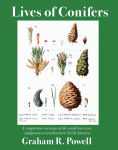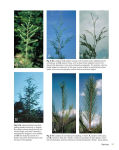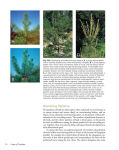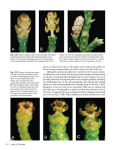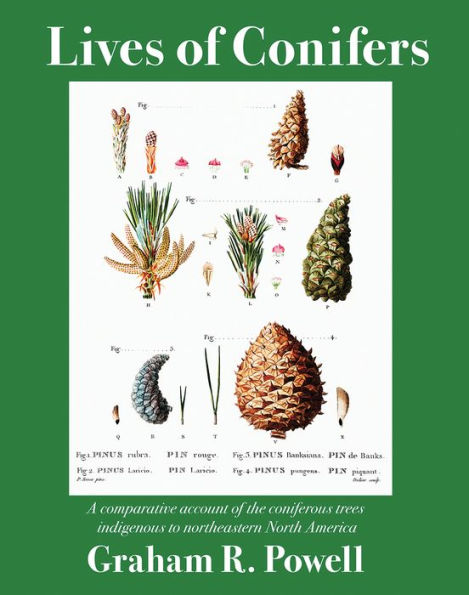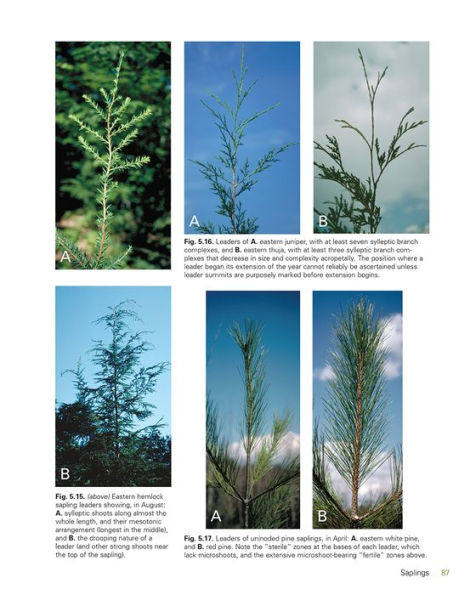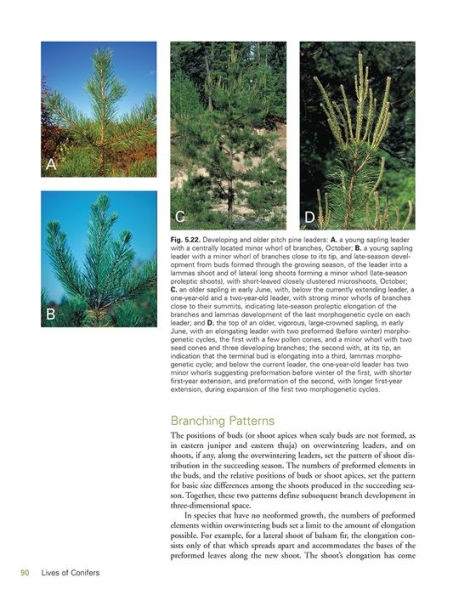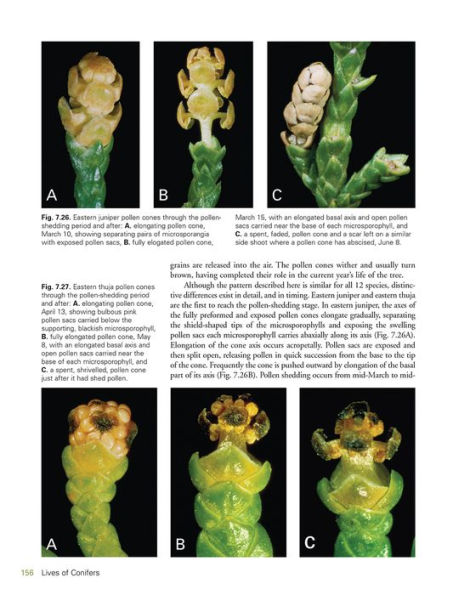A comparative account of the coniferous trees indigenous to Northeastern North America.
Extensively illustrated with full-color photographs, diagrams, and drawings by the author, Graham R. Powell's Lives of Conifers examines the complex and fascinating life cycles of the 12 coniferous trees that grow naturally in northeastern North America on both sides of the Canada-U.S. border.
Tracing their development from seeds and seedlings, to saplings, through the pole stage to maturity, old age, and death, the book is designed to provide a comparison of each species at each stage of life, thus aiding in the recognition and identification of species at all stages of their existence. It includes descriptions of developmental processes and how they differ among the species.
The species covered in the book are:
The book is based almost entirely on what is visible to the careful observer in the forest, and includes only the parts of trees that can be seen above ground. Lives of Conifers will appeal to forest scientists, forestry students, foresters, forest technologists, botanists, horticulturists, arborists, naturalists, and general readers interested in knowing more about their natural surroundings.
A comparative account of the coniferous trees indigenous to Northeastern North America.
Extensively illustrated with full-color photographs, diagrams, and drawings by the author, Graham R. Powell's Lives of Conifers examines the complex and fascinating life cycles of the 12 coniferous trees that grow naturally in northeastern North America on both sides of the Canada-U.S. border.
Tracing their development from seeds and seedlings, to saplings, through the pole stage to maturity, old age, and death, the book is designed to provide a comparison of each species at each stage of life, thus aiding in the recognition and identification of species at all stages of their existence. It includes descriptions of developmental processes and how they differ among the species.
The species covered in the book are:
The book is based almost entirely on what is visible to the careful observer in the forest, and includes only the parts of trees that can be seen above ground. Lives of Conifers will appeal to forest scientists, forestry students, foresters, forest technologists, botanists, horticulturists, arborists, naturalists, and general readers interested in knowing more about their natural surroundings.

Lives of Conifers: A Comparative Account of the Coniferous Trees Indigenous to Northeastern North America
276
Lives of Conifers: A Comparative Account of the Coniferous Trees Indigenous to Northeastern North America
276Paperback

Product Details
| ISBN-13: | 9781554554799 |
|---|---|
| Publisher: | Fitzhenry & Whiteside, Limited |
| Publication date: | 08/01/2021 |
| Pages: | 276 |
| Sales rank: | 253,670 |
| Product dimensions: | 8.30(w) x 10.40(h) x 1.10(d) |
